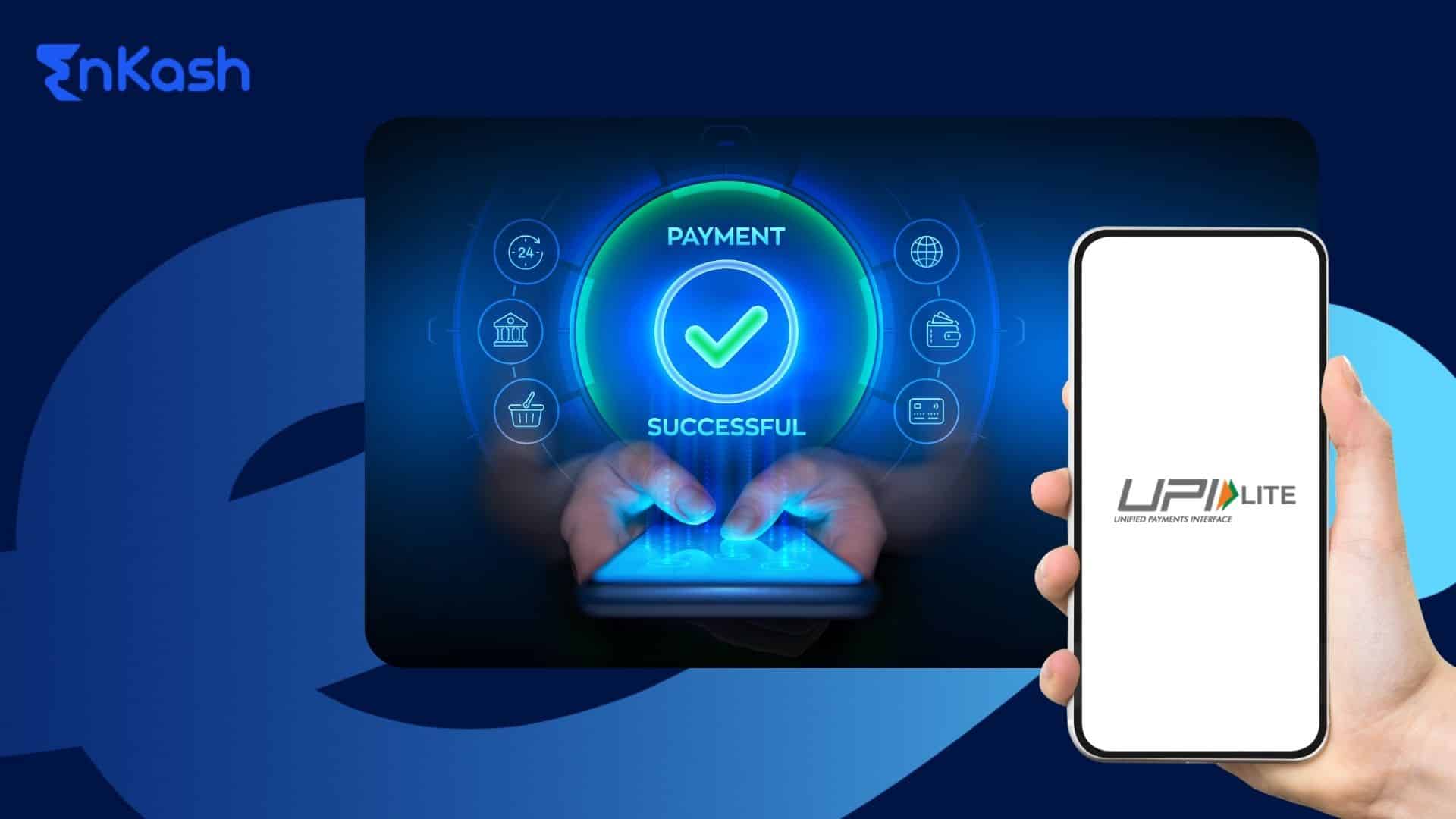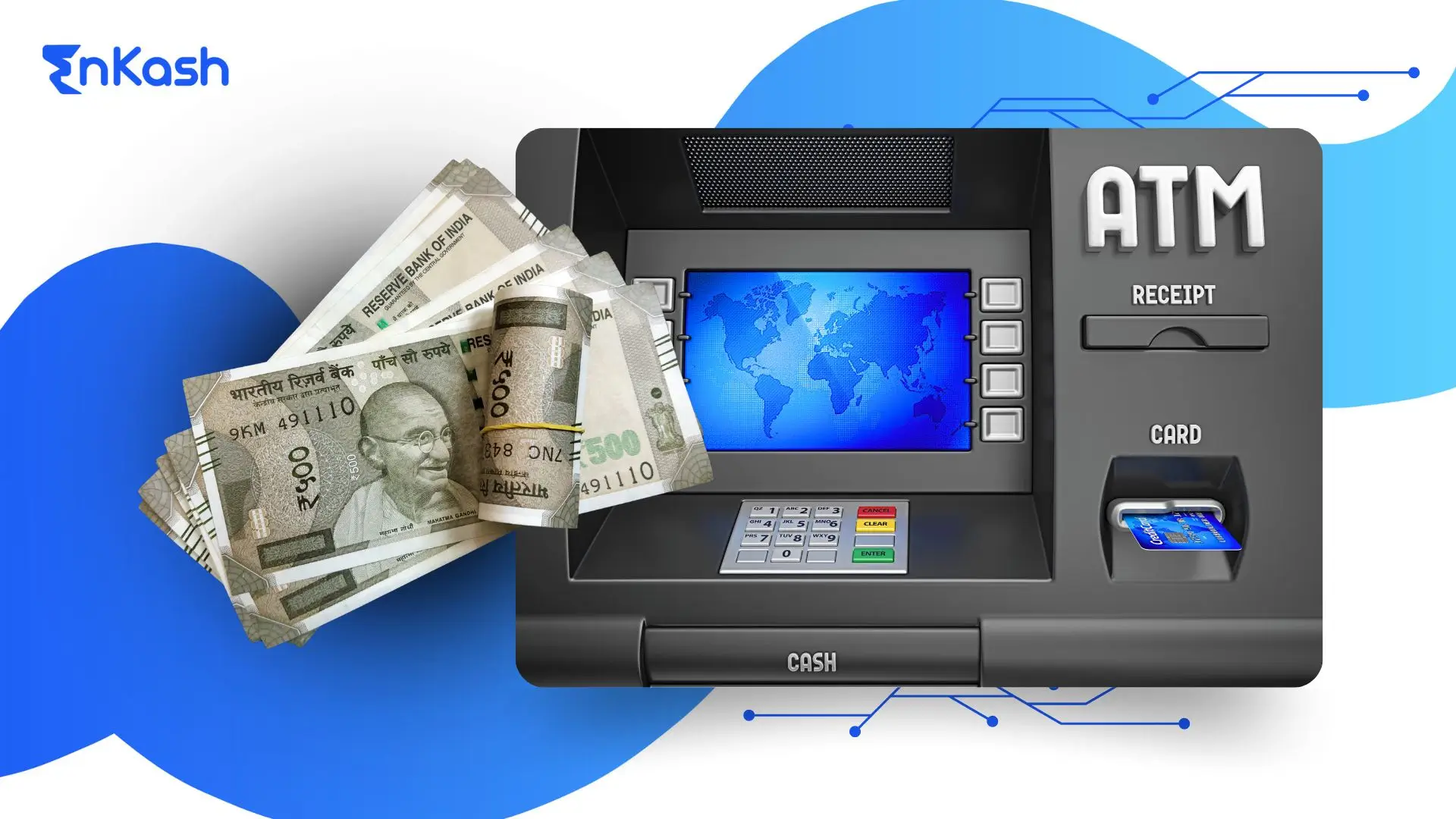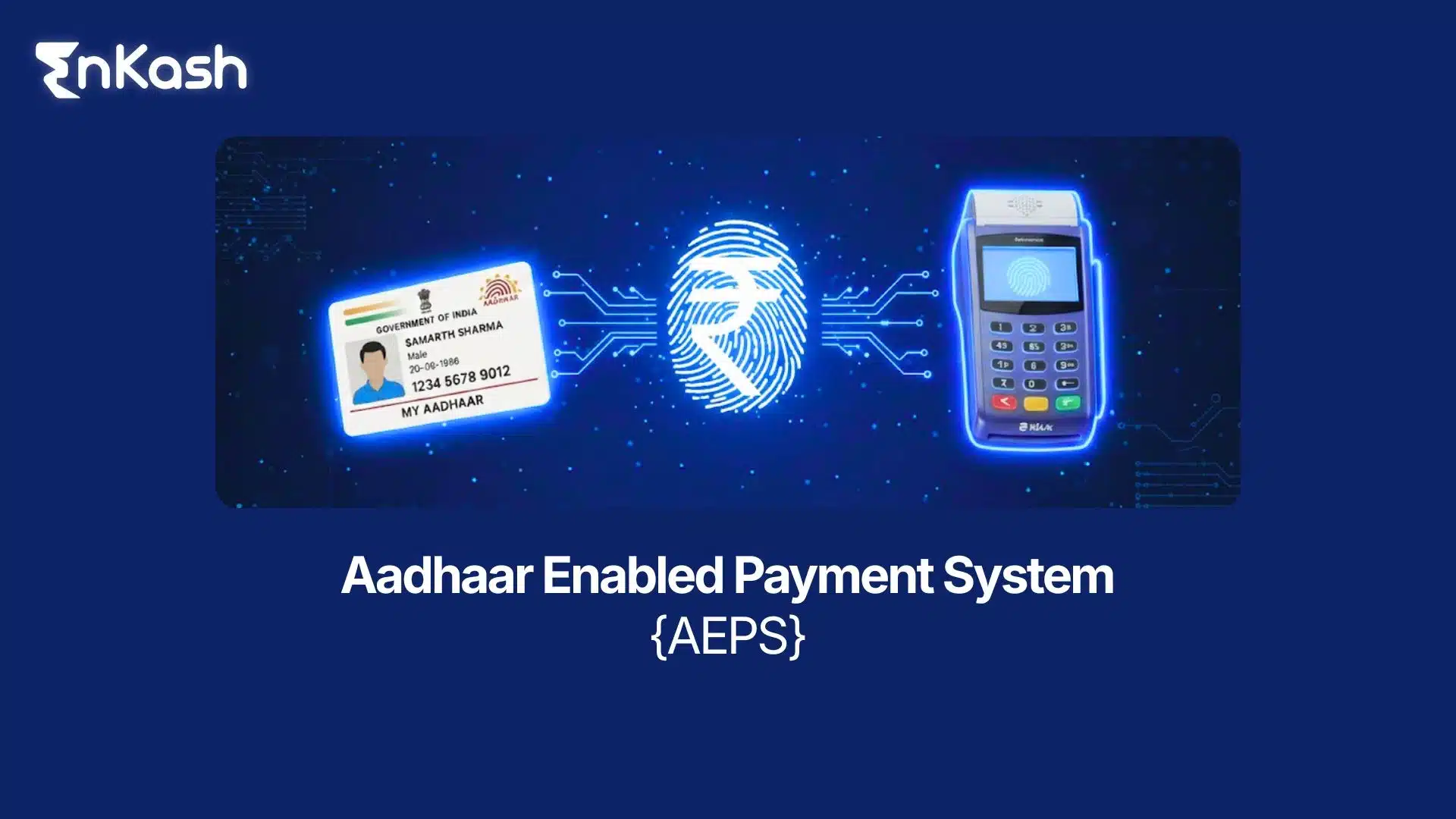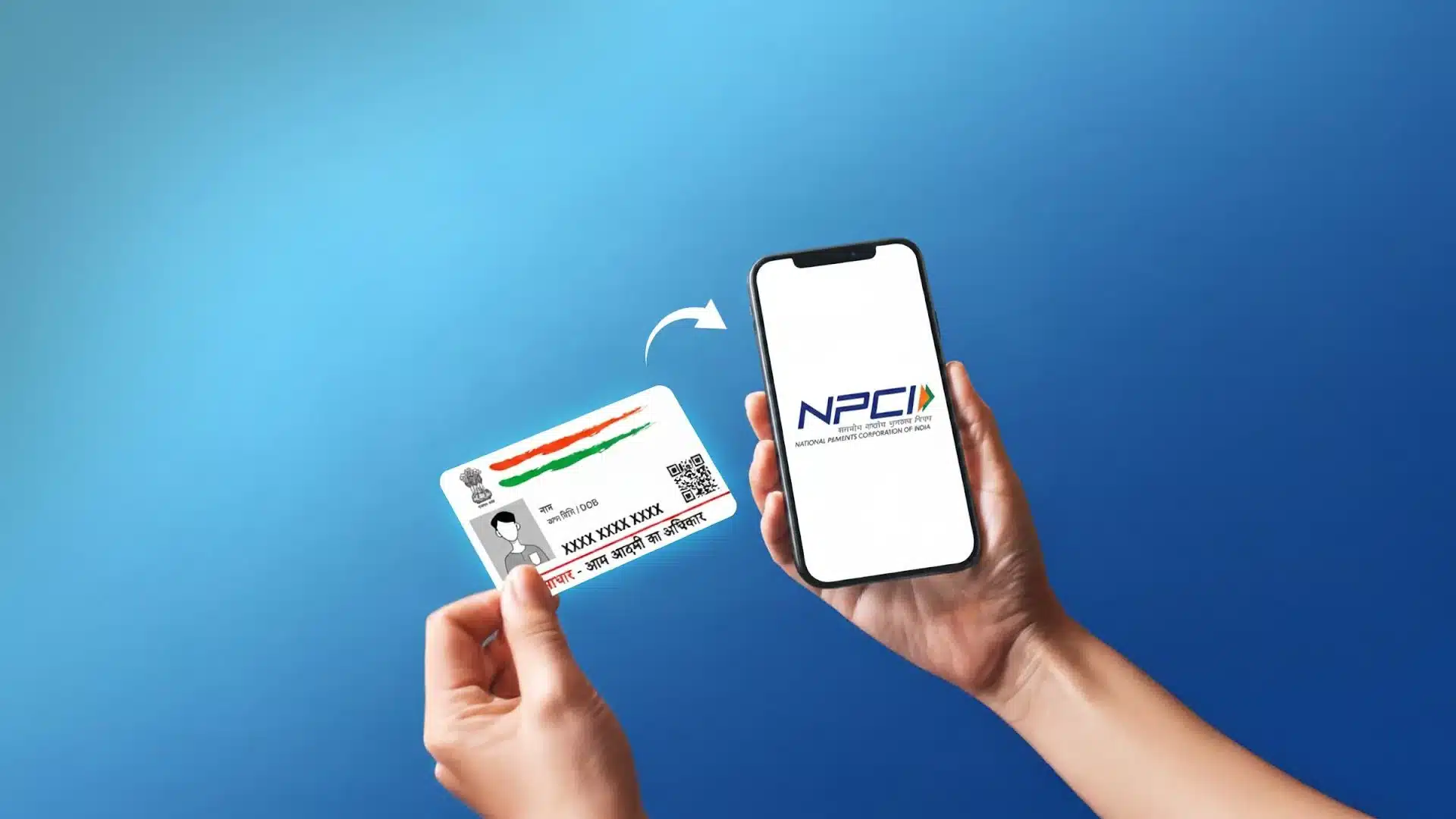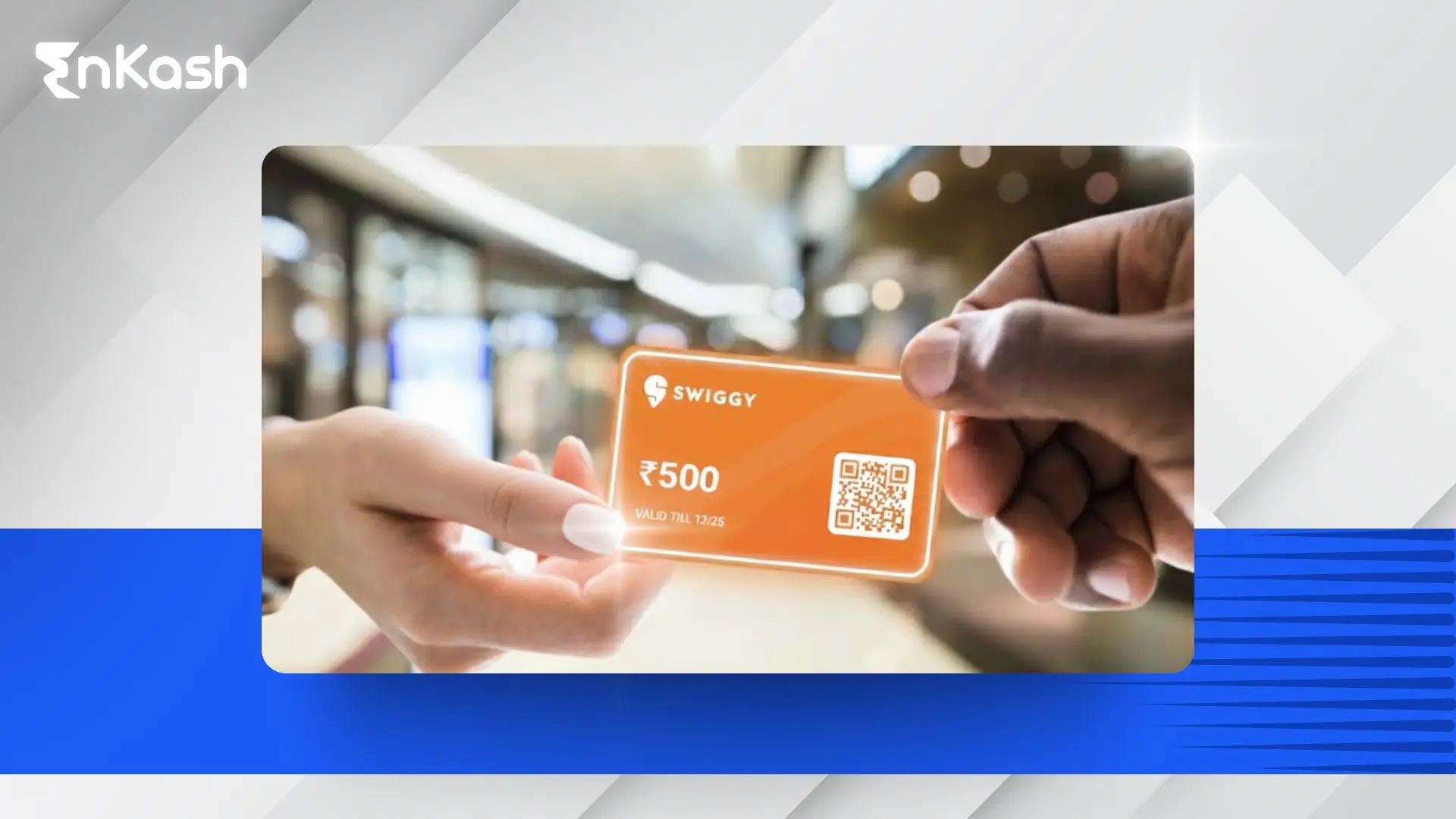Introduction
Digital payments have become a part of everyday life in India, whether it’s paying for a snack, booking a cab, or splitting a bill with friends. Yet, small-value payments often face delays due to network issues or transaction limits. To make these everyday payments faster and more reliable, NPCI introduced UPI Lite, a simplified version of UPI designed for instant low-value transfers.
It ensures that even minor expenses such as tea, parking, or groceries are processed smoothly, without relying on constant bank connectivity. The goal is to make digital payments seamless, quick, and always accessible.
This blog will explore what UPI Lite is, its operating model, and its growing advantages.
What is UPI Lite?
UPI Lite is a lighter and faster version of UPI made for small everyday payments. It helps you pay instantly without waiting for bank servers to respond every time. You can add money to your UPI Lite wallet and use it for small spends like tea, snacks, travel, or parking. The UPI Lite wallet allows you to keep up to ₹5,000, with a transaction limit of ₹1,000 per payment.. This makes it perfect for quick, low-value payments that don’t need full UPI verification each time.
Many apps like PhonePe Lite and BHIM UPI Lite support this feature, letting you make small UPI payments even when your internet is weak or the bank server is slow. It’s a simple, secure, and reliable way to handle small digital transactions.
UPI Lite Limit and Transaction Rules
According to the latest NPCI update, UPI Lite limits have been increased to make it more useful for daily transactions.
- The maximum transaction limit on UPI Lite is ₹1,000 per payment.
- The UPI Lite wallet limit is ₹5,000, which means you can keep up to ₹5,000 in your Lite wallet at any time.
- You can make multiple small payments daily, with a total usage of up to ₹10,000 per day from your Lite wallet.
These limits apply across all UPI Lite wallets, whether you’re using PhonePe Lite, BHIM UPI Lite, or any other supported app. The limits ensure payments remain quick, secure, and ideal for everyday low-value transactions.
Key Features of UPI Lite
UPI Lite is designed to make small digital payments faster, smoother, and more reliable. Here are its main features:
- Instant Payments: Every transaction happens instantly without depending on your bank’s server for approval.
- No PIN for Small Payments: You don’t need to enter your UPI PIN for payments up to ₹1,000.
- Works Offline: You can make UPI offline payments even in areas with low or no internet connection.
- Dedicated Wallet: It uses a small UPI Lite wallet that holds money separately from your main bank account for faster use.
- Secure & RBI-Regulated: All payments are handled under NPCI and RBI guidelines for complete safety.
- Simplified Record: Only one entry shows in your bank passbook, while detailed transactions appear in your app, keeping records clean.
- Wide App Support: Available on apps like PhonePe Lite, BHIM UPI Lite, and other UPI-supported wallets.
These features make UPI Lite perfect for small, everyday spending quick, secure, and always ready to use.
Advantages and Disadvantages of UPI Lite
Advantages of UPI Lite |
Disadvantages of UPI Lite |
Instant payments – No bank approval needed for each transaction, making payments faster. |
Limited amount – Maximum wallet limit is ₹5,000 and ₹1,000 per transaction. |
Works offline – Supports UPI offline payments, useful in low or no-network areas. |
Only for small spends – Not suitable for larger payments or business transactions. |
No PIN needed – Payments up to ₹1,000 don’t require entering a UPI PIN every time. |
Separate wallet top-up – You must manually add money to your UPI Lite wallet. |
Reduced bank load – Fewer direct hits to the bank server, reducing transaction failures. |
No refund to wallet – Refunds or reversals are credited to your main bank account, not the Lite wallet. |
Simple record keeping – Only one entry appears in your bank statement for all Lite transactions. |
Limited availability – Some banks and apps are yet to support UPI Lite. |
Secure & regulated – Operates under NPCI and RBI guidelines, ensuring full data safety. |
UPI Lite supports only outbound (send) payments, not inbound (receive) transactions. |
List of UPI Lite Supported Banks
As of 2025, the following banks support UPI Lite:
S.No. |
Bank Name |
|---|---|
1 |
State Bank of India (SBI) |
2 |
HDFC Bank |
3 |
ICICI Bank |
4 |
Axis Bank |
5 |
Kotak Mahindra Bank |
6 |
Bank of Baroda |
7 |
Punjab National Bank (PNB) |
8 |
Union Bank of India |
9 |
Canara Bank |
10 |
Indian Bank |
11 |
Central Bank of India |
12 |
IDFC FIRST Bank |
13 |
Federal Bank |
14 |
UCO Bank |
15 |
Indian Overseas Bank |
16 |
South Indian Bank |
UPI Lite Supported Apps
UPI Lite is supported by several major UPI and digital payment apps in India, and adoption is steadily expanding. You can activate and use it directly within these apps to make small, instant payments.
Here are the main apps that support UPI Lite:
S.No. |
App Name |
|---|---|
1 |
BHIM UPI Lite |
2 |
PhonePe Lite / PhonePe UPI Lite |
3 |
Paytm UPI Lite |
4 |
Google Pay (GPay) UPI Lite |
5 |
Amazon Pay UPI (rolling out in phases) |
6 |
Mobikwik |
7 |
Freecharge UPI Lite |
8 |
Airtel Thanks App |
These apps let you add money, make quick payments up to ₹1,000, and manage your UPI Lite wallet easily. Support may expand as more apps and banks adopt UPI Lite under NPCI’s rollout plan.
Difference Between UPI and UPI Lite
While both UPI and UPI Lite are used for digital payments, they work slightly differently. Here’s how they compare:
Feature |
UPI |
UPI Lite |
Purpose |
Used for all kinds of digital payments, small or large. |
Made for small, everyday transactions up to ₹1,000. |
Bank Involvement |
Each transaction is processed through your bank’s server. |
Payments are made directly from your UPI Lite wallet, not from the bank every time. |
Speed |
Transactions may get delayed if the bank server is busy. |
Payments remain instant even during peak hours or poor connectivity. |
Internet Requirement |
Requires a stable internet connection. |
Supports offline payments (works even with low or no internet). |
Transaction Limit |
The limit depends on your bank, generally up to ₹1 lakh per day. |
UPI Lite transaction limit is ₹1,000 per payment, with a wallet limit of ₹5,000. |
PIN Requirement |
Needs UPI PIN for every transaction. |
No PIN needed for payments up to ₹1,000. |
Where the Money Is Stored |
In your linked bank account. |
In your UPI Lite wallet (a small preloaded balance). |
Refunds and Reversals |
Credited back to your bank account. |
Credited back to your main bank account, not the Lite wallet. |
Conclusion
UPI Lite is transforming the way Indians make everyday payments by offering faster, simpler, and more reliable transactions. It allows users to pay instantly, even when internet connectivity or bank servers are down. With a ₹5,000 wallet limit and a ₹1,000 transaction cap, it’s deal for small, quick spends such as groceries, snacks, travel, and parking. Since no PIN is required and payments are processed instantly, it brings real convenience to daily life. As more banks and apps adopt this feature, UPI Lite is helping India move closer to a cashless future where every small payment is quick, secure, and effortless.
FAQs
1. What is UPI Lite?
UPI Lite is a simplified version of UPI made for small, everyday payments. It lets users make quick transactions directly from a preloaded wallet without depending on their bank server each time.
2. What is the UPI Lite limit?
The current UPI Lite limit is ₹1,000 per transaction and ₹5,000 as the maximum wallet balance. You can use up to ₹10,000 in total per day through your UPI Lite wallet.
3. How does UPI Lite work?
You can add money from your bank account to your UPI Lite wallet. When you make a small payment (up to ₹1,000), the amount is deducted directly from this wallet; no PIN or bank approval required.
4. Can I use UPI Lite without the internet?
Yes. UPI Lite supports offline payments, allowing you to make small transactions even when your internet connection is weak or unavailable.
5. Which apps support UPI Lite?
Popular apps like BHIM UPI Lite, PhonePe Lite, Paytm UPI Lite, and Google Pay UPI Lite currently support this feature. More apps are gradually adding support under NPCI’s rollout plan.
6. Which banks support UPI Lite?
Major banks such as SBI, HDFC Bank, ICICI Bank, Axis Bank, Kotak Mahindra Bank, and others currently support UPI Lite. The list is expanding as more banks come on board.
7. Can I receive money through UPI Lite?
No. UPI Lite is designed only for sending small payments. To receive money, you’ll need to use your regular UPI option.
8. What happens if I get a refund for a UPI Lite transaction?
Refunds or reversals are credited directly to your linked bank account, not to the UPI Lite wallet.
9. Is UPI Lite safe to use?
Yes. UPI Lite operates under NPCI and RBI guidelines, ensuring complete security and data protection for all users.
10. What are the main advantages of UPI Lite?
UPI Lite offers instant payments, offline access, no PIN for small spends, and simple record-keeping, making it one of the most convenient ways to handle small digital transactions.

